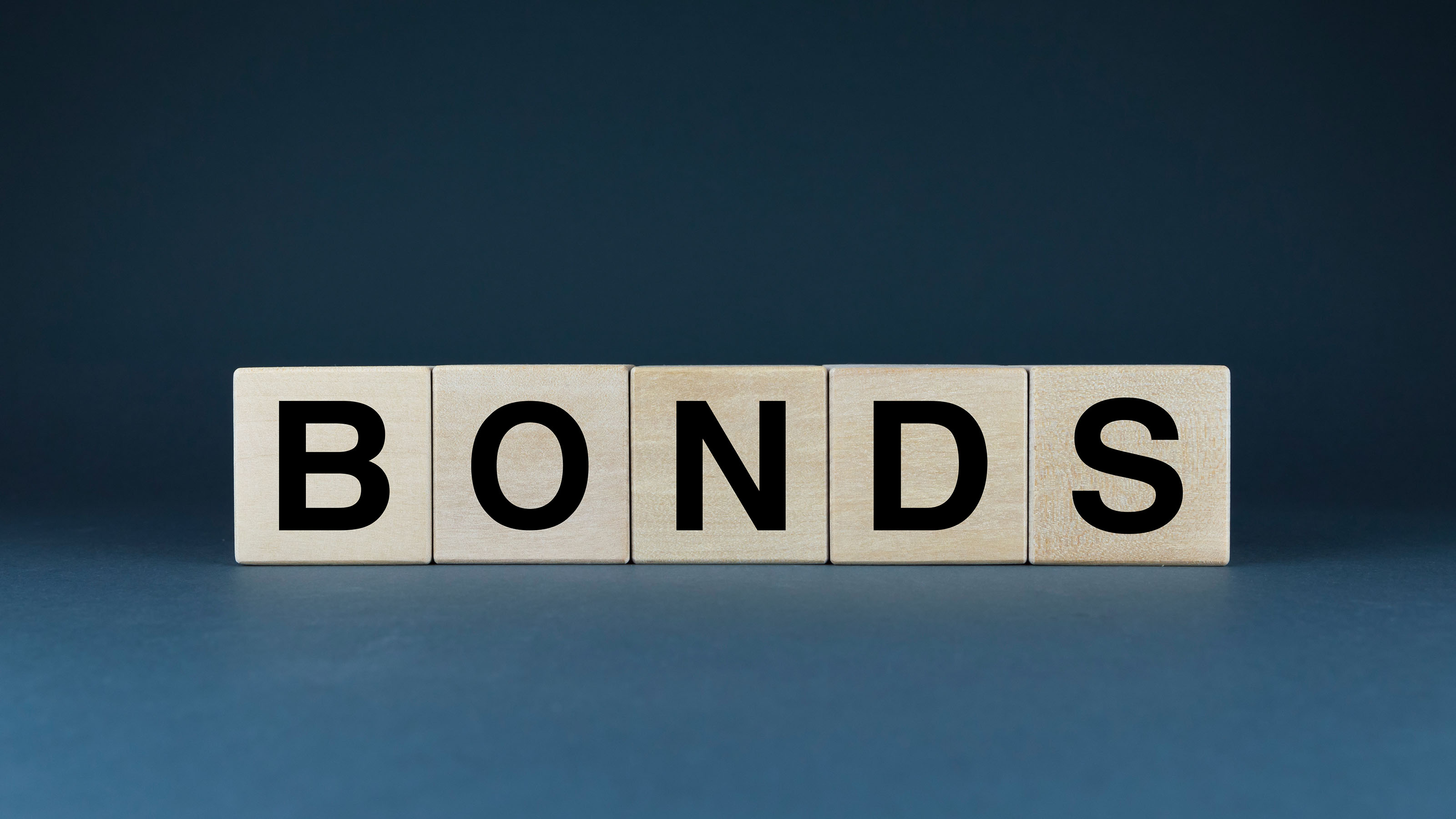The 8 Most Dangerous Investing Mistakes
Time to learn from my misfortunes. Avoiding these missteps could save you a bundle.


Stocks have been on a tear since Donald Trump’s election. And the bull market celebrates its eighth birthday this week. But even in a market that goes almost straight up, it’s important to avoid pitfalls. Here are some mistakes I’ve watched investors make repeatedly. Alas, I’ve made a few of them myself.
1. Getting spooked by the bears
There are always solid reasons why the stock market should go down. Some of the smartest people I know are almost always bearish. But I think the investors who do best in the market tend to ignore many of the bearish indicators and, instead, stick to their long-term stock allocations. Over time, the market has gone up about two of every three years, on average — and that’s going back more than 100 years. You have to have a powerful reason to bet against those odds.
2. Ignoring fund volatility
In a bull market, taking extra risk generally pays off. But in bear markets, high volatility amplifies your pain. What’s more, academic studies have shown that risk-adjusted returns are more predictive of future returns than raw returns. You can find risk-adjusted fund returns at Morningstar.com. Just click on ‘Ratings and Risk,” and look at standard deviation — which measures the volatility of a fund’s monthly returns over three, five and 10 years — and Sharpe ratio, which measures the risk-adjusted returns over those same periods.
From just $107.88 $24.99 for Kiplinger Personal Finance
Become a smarter, better informed investor. Subscribe from just $107.88 $24.99, plus get up to 4 Special Issues

Sign up for Kiplinger’s Free Newsletters
Profit and prosper with the best of expert advice on investing, taxes, retirement, personal finance and more - straight to your e-mail.
Profit and prosper with the best of expert advice - straight to your e-mail.
Consider one of my mistakes. Bridgeway Aggressive Investors 1 (BRAGX) used to be one of my favorite funds. But in the 2007-2009 bear market, it tumbled 64.4%, compared with a 55.3% loss for Standard & Poor’s 500-stock index. The fund has done well again lately, returning an annualized 14.8% over the past five years, an average of 0.8 percentage point better than the S&P 500. But Bridgeway was 35% more volatile than the S&P over the past three years, and I would prefer not to risk outsized losses in the next downturn. (All prices and returns in this article are through March 8.)
3. Paying too much
I love Amazon.com (AMZN). I’ve practically ceased going to stores because it’s so much easier and less expensive to just click a few buttons. I read books on a Kindle and watch Amazon video. It’s not the stock’s price, $851, that scares me. It’s that the shares trade at 110 times the company’s estimated earnings for the coming 12 months. That’s more than six times the price-earnings ratio for the overall market. Yes, I know that the company is still growing like a weed and that the narrow profit margins on its main businesses should widen, eventually. But the shares already reflect a ton of good news. For the stock to continue higher, it will have to do even better than investors expect. I’m passing on Amazon at this price.
Profit and prosper with the best of Kiplinger's advice on investing, taxes, retirement, personal finance and much more. Delivered daily. Enter your email in the box and click Sign Me Up.

-
 Small Caps Can Only Lead Stocks So High: Stock Market Today
Small Caps Can Only Lead Stocks So High: Stock Market TodayThe main U.S. equity indexes were down for the week, but small-cap stocks look as healthy as they ever have.
-
 Ask the Editor: Tips for Filing Your 1040
Ask the Editor: Tips for Filing Your 1040Ask the Editor In this week's Ask the Editor Q&A, Joy Taylor answers questions on preparing and filing your 2025 Form 1040.
-
 Is Direct Primary Care Right for Your Health Needs?
Is Direct Primary Care Right for Your Health Needs?With the direct primary care model, you pay a membership fee for more personalized medical services.
-
 The Most Tax-Friendly States for Investing in 2025 (Hint: There Are Two)
The Most Tax-Friendly States for Investing in 2025 (Hint: There Are Two)State Taxes Living in one of these places could lower your 2025 investment taxes — especially if you invest in real estate.
-
 Bond Basics: Zero-Coupon Bonds
Bond Basics: Zero-Coupon Bondsinvesting These investments are attractive only to a select few. Find out if they're right for you.
-
 Bond Basics: How to Reduce the Risks
Bond Basics: How to Reduce the Risksinvesting Bonds have risks you won't find in other types of investments. Find out how to spot risky bonds and how to avoid them.
-
 What's the Difference Between a Bond's Price and Value?
What's the Difference Between a Bond's Price and Value?bonds Bonds are complex. Learning about how to trade them is as important as why to trade them.
-
 Bond Basics: U.S. Agency Bonds
Bond Basics: U.S. Agency Bondsinvesting These investments are close enough to government bonds in terms of safety, but make sure you're aware of the risks.
-
 Bond Ratings and What They Mean
Bond Ratings and What They Meaninvesting Bond ratings measure the creditworthiness of your bond issuer. Understanding bond ratings can help you limit your risk and maximize your yield.
-
 Bond Basics: U.S. Savings Bonds
Bond Basics: U.S. Savings Bondsinvesting U.S. savings bonds are a tax-advantaged way to save for higher education.
-
 Bond Basics: Treasuries
Bond Basics: Treasuriesinvesting Understand the different types of U.S. treasuries and how they work.